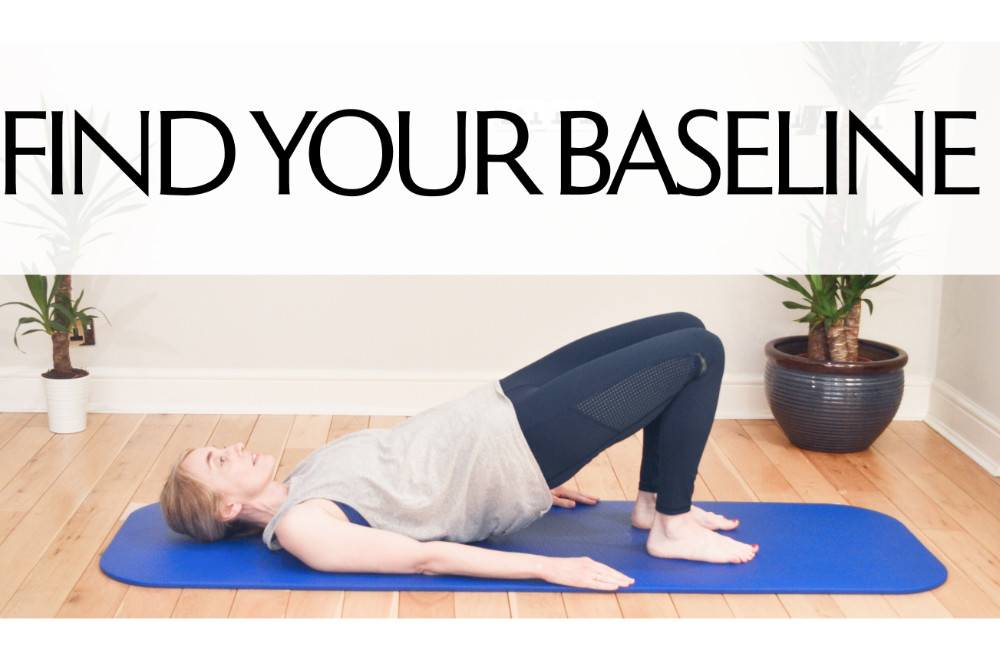Article Categories
hypermobile

August 5th, 2024
How does hypermobility impact your Knees?
Estimated reading time: 5 minutesHyperextension of the knees in hypermobility is common. I used the adopt the strangest of standing postures, from simple knee locking to crossing one leg over the other, or actually wrapping one leg around the other one.
Read more
December 15th, 2022
What’s tissue tolerance? Can it help me avoid injury with hypermobility?
Estimated reading time: 2 minutesInjury prevention – how do we work towards that with hypermobility?
Read more
November 8th, 2022
Should I Squeeze my Glutes when I exercise with hypermobility?
Estimated reading time: 2 minutesSqueezing, pushing, pulling – all words I try to avoid when teaching my hypermobile clients. Why – because they tend to put more tension into the body rather than helping someone move with ease and less pain.
Read more
April 18th, 2022
What people don’t see when you live with a chronic illness
Estimated reading time: 2 minutesWhat’s it like when you go out out – if you do go out out? Is there a lot of preparation and organisation involved?
Read more
The Zebra Club APP
Hypermobility safe, affordable and effective movement, education and community in the comfort of your own home.
The Zebra Club app is a programme based on the Integral Movement Method. In this programme I will carefully guide you through safe exercises to manage your pain.
Learn moreOr download the App on


